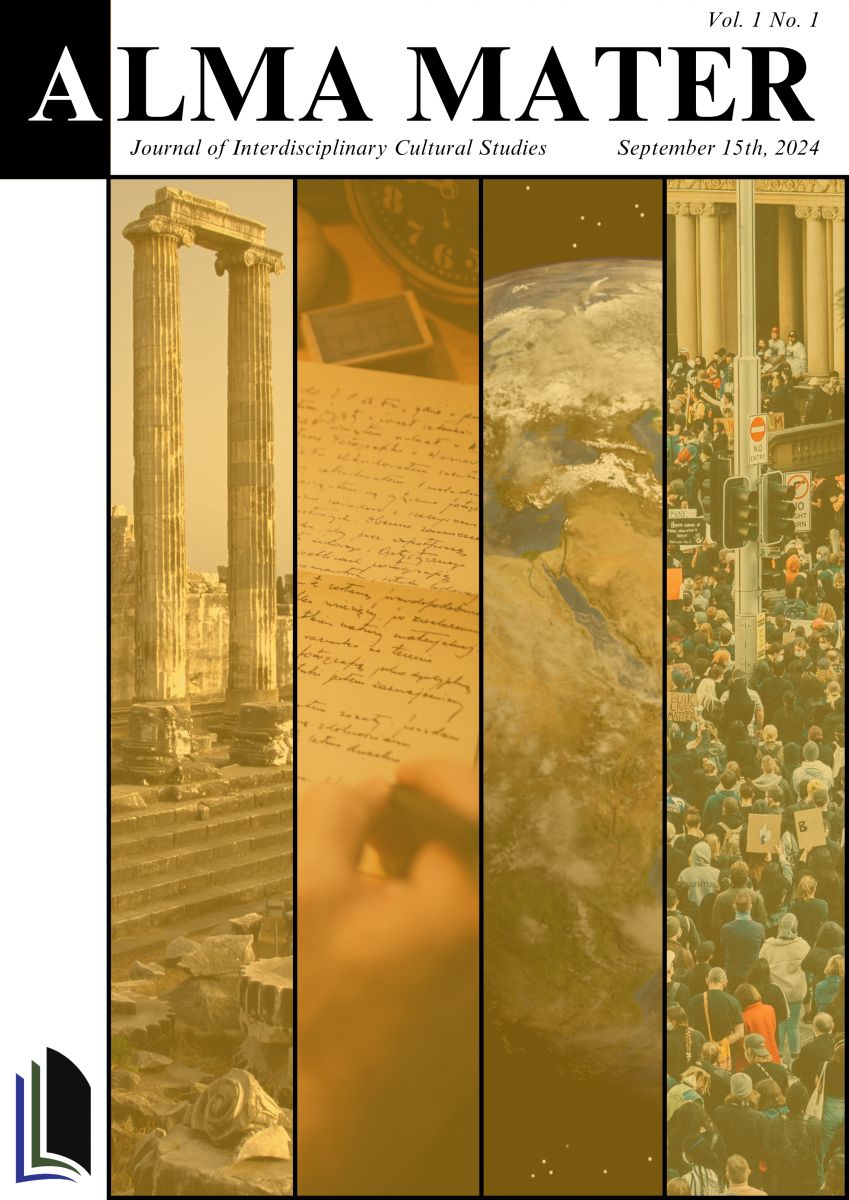| Open Access
Alma Mater – Zeitschrift für interdisziplinäre Kulturforschungen 2025, Bd. 2(3) 140-153
Skinned Worlds: Virtual Reality and the Postbiological
S. 140 - 153 | DOI: https://doi.org/10.29329/almamater.2025.1360.11
Veröffentlichungsdatum: Oktober 07, 2025 | Einzeln/Gesamtansichten: 0/0 | Einzeln/Gesamtdownloads: 0/0
Zusammenfassung
This paper explores the concept of “skinning” in educational virtual reality (VR) environments, reframing it as a dramaturgical and pedagogical act rather than a mere visual overlay. Through comparative analysis of The World of Hugo Simberg and C!ao: Piazza Navona Experience, the study investigates how design decisions shape user identity, agency, and the performance of learning. Drawing on performance theory, it examines how avatars – or their absence – guide learners through curated paths, subtly influencing perception and interaction. While both applications strip away overt self-representation, they open space for subversion, reflection, and imaginative engagement. The paper argues that skinning encodes the boundaries of presence and the architecture of knowledge, inviting critical analysis of who learners are allowed to be and what ways of knowing they are offered. Ultimately, it positions skinning as a vital design principle for crafting immersive educational futures where learners not only consume content but perform new ways of understanding
Schlüsselwörter: skinning, educational applications, virtual reality, identity in virtual spaces
APA 7. Auflage
Corts, A. (2025). Skinned Worlds: Virtual Reality and the Postbiological. Alma Mater – Zeitschrift für interdisziplinäre Kulturforschungen, 2(3), 140-153. https://doi.org/10.29329/almamater.2025.1360.11
Harvard
Corts, A. (2025). Skinned Worlds: Virtual Reality and the Postbiological. Alma Mater – Zeitschrift für interdisziplinäre Kulturforschungen, 2(3), pp. 140-153.
Chicago 16. Auflage
Corts, Alicia (2025). "Skinned Worlds: Virtual Reality and the Postbiological". Alma Mater – Zeitschrift für interdisziplinäre Kulturforschungen 2 (3):140-153. https://doi.org/10.29329/almamater.2025.1360.11
